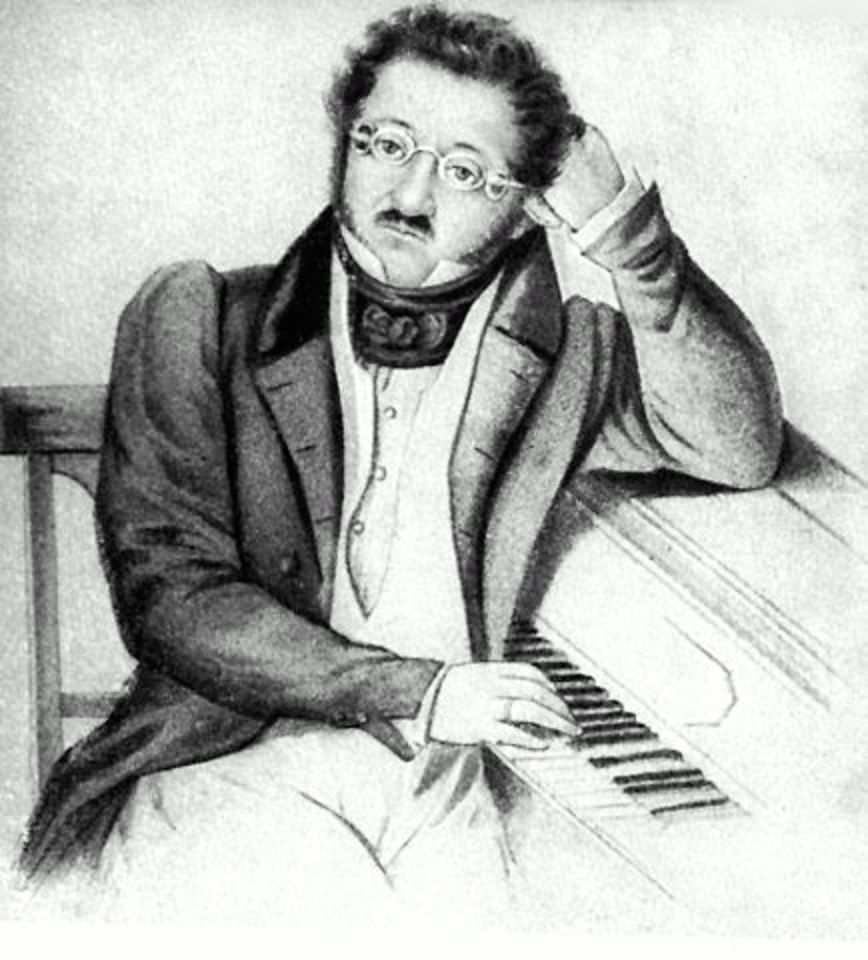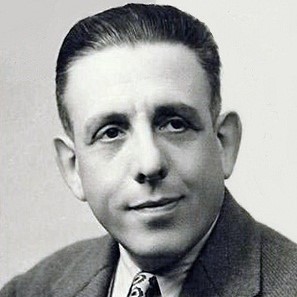 |
| Center City Brass Quintet |
Today we listened to Leonard Bernstein's final composition (1989)
Dance Suite for Brass Quintet performed by the Center City Brass Quintet. Not only was the piece his final composition before his death in 1990, but it was the only piece he composed for brass quintet. It was fitting he asked the Empire Brass to premiere it since he was instrumental in encouraging them to form at Tanglewood and including them in the premier of his Mass in 1971.
Read more about this piece at
LeonardBernstein.com
Overview
Bernstein's final composition, each of the five movements is dedicated to a choreographer-friend of his:
I. Dancisca, for Antony (Antony Tudor)
II. Waltz, for Agnes (Agnes de Mille)
III. Bi-Tango, for Mischa (Mikhail Baryshnikov)
IV. Two-Step, for Mr. B (George Balanchine)
V. MTV, for Jerry (Jerome Robbins)
The piece was premiered by Empire Brass, at American Ballet Theater's
50th-anniversary gala, at the Metropolitan Opera House on January 14,
1990.
NOTES
Dance Suite is the last work to be written, mostly in late
1989, by the composer. It was premiered as part of the 50th Anniversary
Gala of American Ballet Theater at the Metropolitan Opera House, New
York City, on January 14, 1990. This light-hearted divertissement was
not danced, however, even though that was the original intention of the
ballet company. A choreographer began work on it, but apparently it was
felt that the movements were too short for danceable development. It was
presented instead on stage, in front of the traveller curtain, as an
independent instrumental work. The performers were the Empire Brass
Quintet, to whom the Suite is dedicated "with affection:" Rolf Smedvig
and Jeffrey Curnow, trumpets; Eric Ruske, horn; Scott Hartman, trombone;
and Sam Pilafian, tuba. The first movement alone was doubled
simultaneously with the Quintet members by the ballet orchestra in the
pit.
Each movement is dedicated to a choregrapher-friend: Antony Tudor,
Agnes DeMille, Mikhail Baryshnikov, George Balenchine and Jerome
Robbins. More than a piéce d'occasion, there are other layers
of meaning in the work since each movement had its origin in other
formats. These are mostly anniversary pieces composed for family and
friends.
I. Dancisca, for Antony (Antony Tudor)
The portmanteau work DANCISCA is the title for what was originally a
piano piece. Written for the composer's granddaughter, Francisca Anne
Maria Thomas, "For my Rhymy Girl, with thanxgiving and love, Tata, " it
was completed "21 Nov. '89."
II. Waltz, for Agnes (Agnes de Mille)
The ironic WALTZ, which sometimes is in 3/4 time (alternating with
common time) has wry overtones. Dated "22 Nov. '89," it was conceived as
"The NEA Fovever March," after the composer refused the National Medal
of Arts from President Bush. A grant from the National Endowment for the
Arts to Artists Space, a nonprofit gallery in New York City, had been
revoked because of its AIDS exhibit, "Witnesses: Against Our Vanishing."
This was unacceptable to Mr. Bernstein, whose lyrics for the March
were:
Everyone got a medal but Bernstein,
The President gave twelve medals,
Not to Bernstein.
Well, actually there showed up only ten to toast,
'Cause one of the dozen couldn't make it,
And the other was just a ghost.
But ten out of twelve is better than most,
And the President was a very lovely host.
So everyone had a great time but Bernstein.
The Lord be praised!
III. Bi-Tango, for Mischa (Mikhail Baryshnikov)
The bitonal BI-TANGO is based on a "Birthday Serenata" composed for a
violinist friend, Paul Woodiel, "17 Nov. '89" with words in Spanglish
for "Señorito Pablito."
IV. Two-Step, for Mr. B (George Balanchine)
The TWO-STEP was at first "A Spiky Song," written for the composer's
grandson, Evan Samuel Thomas: "Two weeks old, from his loving
Granddaddy, 28 Oct. '89." ("Spike" was the name given to Evan prior to
his birth by his father, David Thomas.) Its words include:
Hooray, ni-hao, Little Spike.
So glad, thank God,
Didn't call you Mike(ae)l, Stephen, Paul,...
Hip, hip, loud cheers, little tyke.
Welcome, warning:
Livin' ain't a bike ride,...
Hooray. Thank heaven for Evan.
V. MTV, for Jerry (Jerome Robbins)
MTV is in part a tribute to the ubiquitous Music Television. The middle
section was also a song, written for the mother of the Bernstein
grandchildren, Jamie Bernstein Thomas: "7.II.86, for Jamie, to be
continued... Love, LB." This one was inspired (if that is the
appropriate word) when Mr. Bernstein watched an episode of "Miami Vice"
on TV. The composer's lyrics for it were loosely based on actual
dialogue. The words are found partly in the manuscript, and have been in
part recalled by a family friend, the conductor Michael Barrett, as:
He said: You wash my back and I'll wash yours.
With the baby lyin' in a shoe-bag on the floor
So she stabbed that rapist crime for crime.
He was a small-time stand-up comic anyway,
Very small-time.
Now ain't that nice?
Miami Vice.
-note by Jack Gottlieb
© Copyright 1992 by Jack Gottlieb
All rights reserved.
.jpg)










